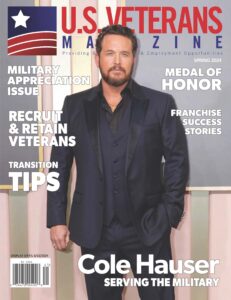Abbott and Local Initiatives Support Corporation (LISC) recently announced a $37.5 million initiative to empower diverse small businesses to help create a more diverse healthcare supply chain. The initiative will provide diverse small-business owners with the tailored solutions, support and resources they need to grow, compete and create jobs – enabling greater diversity in healthcare and a more inclusive supply chain for Abbott and other healthcare companies.
This work advances Abbott and LISC’s shared commitment to create a more diverse healthcare industry and generate jobs and stronger economies in underinvested communities.
This funding opportunity is open to qualified diverse small businesses and offers support through:
- Growth capital: interest-free capital to help businesses overcome hurdles to expansion, such as investing in management systems to comply with regulatory and environmental requirements
- Business loans: flexible, affordable loans that would not typically be available through conventional lenders
- Tailored coaching and technical assistance: targeted, customized support, including help with fulfilling investment and loan requirements and identifying and addressing specific business challenges
Eligible diverse small businesses for program participation and funding must be:
- Diverse-owned, defined as those that are majority owned by people of color (including Black, Latino, Asian and Native Americans), women, veterans, people with disabilities, people who identify as LGBTQ, and other historically underrepresented groups;
- In business for more than two years and are based in the U.S. with an annual revenue of $250,000 or more; and
- Focused on manufacturing nutrition, diagnostics, medical devices or other health technologies, or offering business-to-business products and services that the healthcare industry can use.
- Sole proprietors are not eligible for the program.
For more information about this initiative, please visit the LISC site. And to learn more about Abbott’s work to support a more diverse supply chain, visit Abbott’s site.



